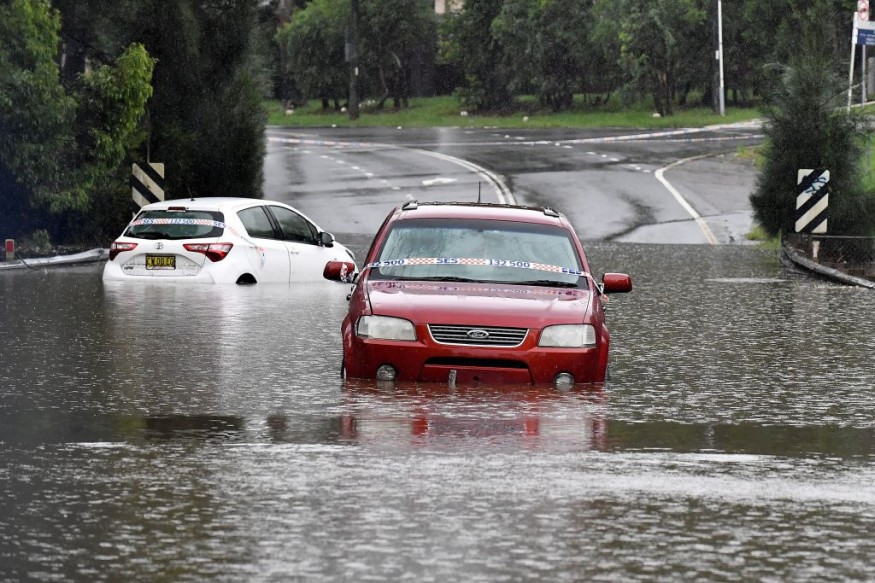Severe weather has resulted in travel chaos and road closures across the city of Sydney, New South Wales, as of Tuesday, March 8.
Massive flooding due to heavy rain has caused travel delays and disruption, as well as the closure of dozens of roads in the city.
Transportation has been affected, with bus and rail services reportedly to remain affected on Tuesday and throughout the week.
Transport authorities on Tuesday morning have warned commuters to expect delays and urged them to avoid any non-essential travel in Sydney.
As an alternative, transport authorities asked commuters to leave enough allowance for travel time.
Since severe weather is expected to continue to affect transport services, the authorities are conducting inspections to make sure train services are safe for commuters.
Evacuations and Warnings

The severe weather prompted local authorities to evacuate thousands of people in southwest Sydney as part of a series of mandates to avoid the life-threatening and disruptive risk posed by torrential rain and flash floods in the city.
The impact has put transport services and road traffic at a standstill.
The Bureau of Meteorology (BOM) issued warnings for strong winds, flooding, and heavy rain across New South Wales.
The BOM said heavy rainfall may cause flash floods in particular areas, including Sydney Metropolitan Area, Central Tablelands, Hunter, Illawarra, Mid North Coast, and South Coast.
Furthermore, the Australian government weather agency added that rainfall could reach between 70 and 150 mm if thunderstorms developed.
Based on the severe weather warning, the areas in Illawarra, Sydney Metropolitan Area, and South Coast.
Transport Services Disrupted
Transport services were not only disrupted in Sydney but also in other areas across New South Wales.
Flooding has made some roads become impassable for both private and public utility vehicles. Additionally, flooding has also prompted the risk of electrification from damaged powerlines.
According to the New South Wales government's State Emergency Service (SES), the public should reconsider engaging in non-essential travel to areas affected by flooding and storms.
The SES highlighted floodwater can damage roads and sweep people away if the current is strong enough.
Moreover, the New South Wales government agency reminded travelers to plan their route ahead of time if travel is necessary and essential.
Through this measure, the agency said travelers can avoid roads that have been closed or likely to be closed.
Road Closures
According to New South Wales' Live Traffic monitoring website, multiple road closures and a landslide has been reported in several areas across the state, including in North Richmond and Windsor, as cited by 7 News.
Some of the following roads have been closed: Terrace Road between Brahma Road and Bells Line of Road in North Richmond; Hawkesbury Valley Way between Moses Street and Percival Street; and Hoxton Park Road in Hinchinbrook.
Australia is currently under its wet season, which spans between November and April.
According to the Australian Geographic, flooding in Australia has killed almost 1,000 people and cost the Australian government billions of dollars' worth of damage between 1852 and 2011.
© 2026 NatureWorldNews.com All rights reserved. Do not reproduce without permission.





